- Red Flags of Amazon Fake Reviews
- Understanding Amazon Reviews
- Prevalence of Amazon Fake Reviews
- Online Tools to Help You Spot Amazon Fake Reviews
- Frequently Asked Questions About Amazon Fake Reviews
If Amazon reviews persuaded you to purchase a less than superb product, you’re not alone. If this has happened to you, you likely fell victim to Amazon fake reviews.
According to the consumer review website Trustpilot, almost 90% of consumers worldwide read or skim reviews before buying products. So you might have wondered how such a product could receive so many five-star reviews and still fall flat from your expectations.
While reading reviews should be a part of your purchasing process, you must also pay particular attention to fake, illegitimate, or disingenuous reviews. Read more to find out how to tell a fake Amazon review from a real one and what online tools are available to you to spot the imposters.
Red Flags of Amazon Fake Reviews
When you're looking for products on Amazon, you'll likely read some fake reviews, which can then lead you to buy low-quality items. To avoid falling for fake Amazon reviews, follow these tips.
Check the Timestamps of Reviews
Brand and product loyalty often doesn’t happen overnight. Similarly, positive product reviews take time. If a product has a significant number of five-star reviews in a short amount of time, it’s likely the reviews are fake. You always want to check the times and dates a review was posted. If reviews are all recent, an illegitimate seller may be using fake reviews to boost product ratings.
Read Reviews in their Entirety
While it’s becoming increasingly more difficult to spot fake reviews, sometimes you can spot fake reviews by reading them in their entirety. Does one reviewer have a different experience than everyone else? If so, it might be untrustworthy.
According to research conducted by scholars at Cornell University, you should be wary if a review includes more first-person pronouns or has more verbs than nouns.
People who are anxious about being sincere tend to talk about themselves more. Further, language analysis showed genuine reviews are heavier on nouns while illegitimate reviewers offer pleasant stories in place of insight.
Scrutinize Spelling and Grammar
Fake Amazon reviews are usually riddled with spelling and grammatical errors. This isn’t always easy to decode because genuine reviewers may not be native speakers. However, if you see many typos, punctuation errors, and stream-of-consciousness writing, you shouldn’t trust the review’s continents.
It's common for illegitimate sellers to outsource Amazon review writing to international content farms. Often, these reviews are written in poor English and unlike how a real consumer might express their opinion on a product. Keep an eye on the number and proportion of grammatically incorrect and oddly worded reviews. If there’s plenty, it’s likely they're Amazon fake reviews.
Be Cautious of Review Length
The length of Amazon reviews is important when trying to determine if they’re real or fake. You shouldn’t expect novels from each reviewer, but each review should give you relevant information about the product, its efficiency, etc. For instance, "this product is very good" doesn’t offer much insight into the product. Similarly, "this is the best product" doesn’t tell the potential buyer if it will meet their needs.
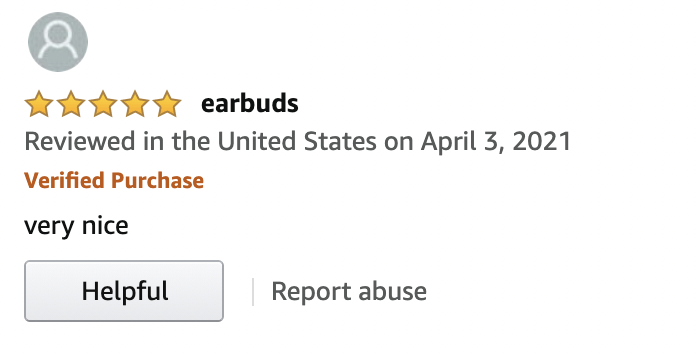
Real reviews are usually detailed with information regarding the product, its quality and functionality, and what condition the product was in when it arrived. These are likely to help a potential buyer decide whether or not to purchase the product in question.
Examine the Extremes
Oftentimes, consumers are only likely to speak out about a product or company when they’re furious or unhappy with the product. Positive reviews are harder to come by because the consumer usually has to be blown away by the product. However, sellers are privy to this information, so it has become easier to enter the reputation management and fake review industry. This industry fills the gap for mediocre and poor-quality companies.
For these reasons, when you decide whether to trust online reviews or not, you should be suspicious about a lack of middle-of-the-road feedback on a product. Look for reviews that highlight not only the pros and cons but a little of each side. These reviews give you all the information you’ll need.
Inspect the User’s Review History
Another way to spot a fake Amazon review is by investigating the writer’s review history. If you click on a reviewer’s username, you’ll have access to the reviewer ranking as well as their review history. If the profile is suspicious, trust your gut. Suspicious profiles might include a writer who only leaves five-star reviews or a reviewer who posts several reviews for the same company.
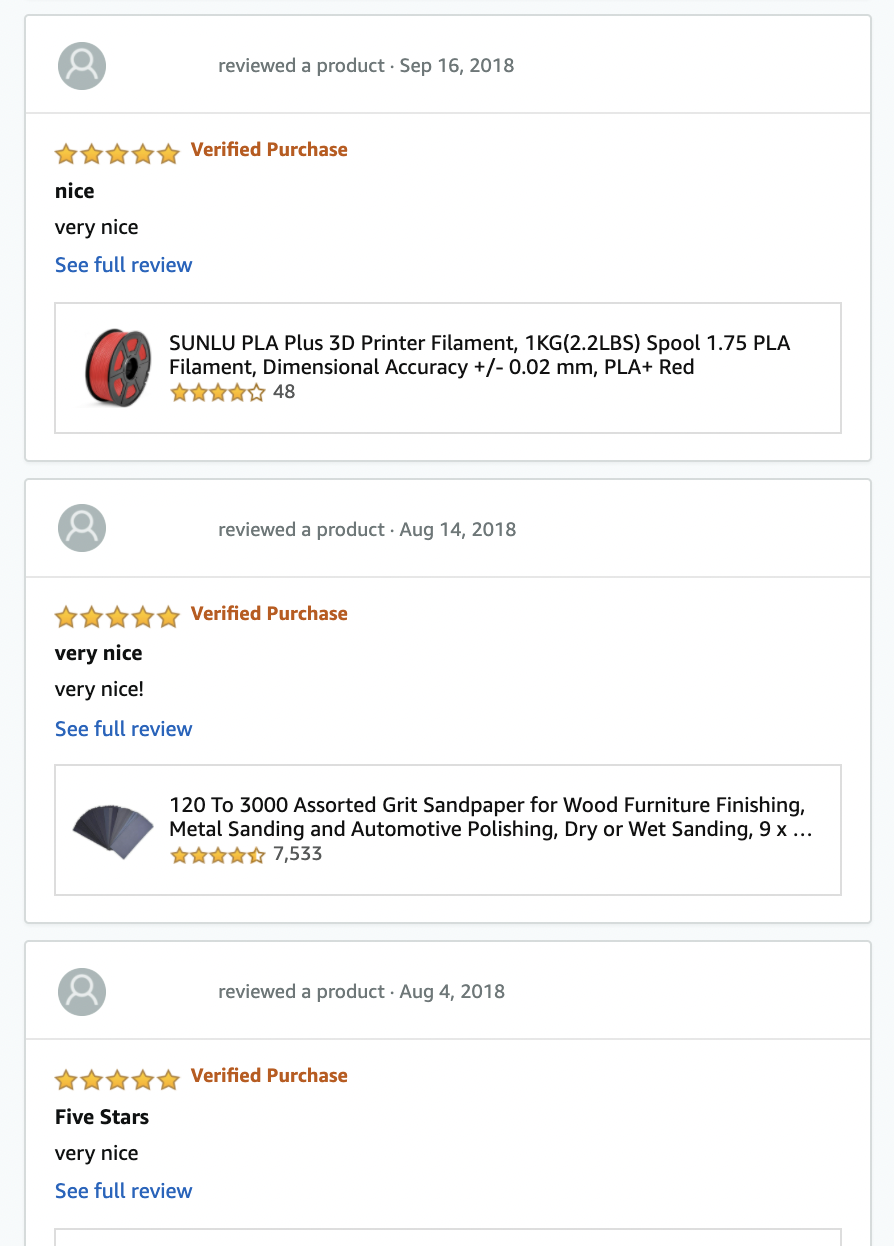
Read Non-Amazon Reviews
Another good tactic to make sure you’re getting the product you want is comparing Amazon reviews with non-Amazon reviews. You can seek reviews from professional reviewers, critics, or websites you trust. This will give you an idea of how the product is reviewed on other avenues.
Keep in mind that reviews are inherently contextual and subjective. However, if Amazon has glowing reviews and other websites have not-so-glowing reviews, chances are the Amazon reviews may be fake.
Use an Amazon Fake Reviews Checker
If all else fails, we suggest you use an Amazon review checker. Some recommendations include ReviewMeta, Fakespot, and the Review Index. These online tools can generate reports on whether reviews are real or fake, ratings on product page reliability, and if products are boosted by fake reviews.

- Thousands of brands, millions of products
- Free shipping on millions of items
- Free One-Day delivery with Amazon Prime, available coast to coast
Understanding Amazon Reviews
Amazon has a massive e-commerce marketplace with sellers from more than 90 countries and various age groups. According to Practical Ecommerce, Amazon has 9.6 million third-party sellers registered. Consumers have virtually limitless variety when it comes to products to purchase, making it incredibly difficult to choose the right product. As such, consumers turn to a product’s reviews for advice.
Each product page on Amazon includes a product’s rating from one to five stars, as well as how many total reviews the product has accumulated. You can filter reviews by “top reviews” or “most recent.” Amazon also includes relevant keywords consumers can choose to find reviews mentioning specific features. Additionally, you can view customer images with the specific product purchased.
Amazon reviews are user-generated and frequently updates, which can trick you into thinking these reviews are legitimate. According to CNN Underscored, an Amazon spokesperson confirmed that “bad actors use social media platforms to recruit unsuspecting customers by offering free products and gift cards in return for posting fake product reviews.”
Prevalence of Amazon Fake Reviews
What exactly are fake Amazon reviews? A fake review, according to the world’s leader in tech product reviews CNET, is “a review posted by a company employee, paid individual or anyone else with a vested interest in selling more product.”
For instance, skincare brand Sunday Riley was scrutinized because they allegedly directed employees to open fake accounts and leave glowing reviews. Consumers may also encounter fake reviews generated by artificial intelligence software.
Amazon fake reviews have increased in volume, emphasizing the need for consumers like you to remain vigilant when making purchases online.
According to research conducted by BrightLocal, more than 80% of consumers have read a fake review. These numbers rise significantly, with consumers aged 18 to 34 with more than 90% saying they’ve seen fake reviews.
Unfortunately, this means even Amazon verified purchase reviews can be misleading and fake. Amazon sellers, who are often overseas, send unsolicited packages to Amazon customers and then leave a fake verified purchase review to boost their overall review ranking falsely. Further, some Amazon review writers will purchase a product and write a review, but they’re reimbursed or compensated further for the review.
Common Amazon Fake Reviews
- Bot reviews – An increasing number of Amazon reviews are written by bots. Basically, computers generate several reviews around major shopping events like Black Friday.
- Promotional reviews – In your Amazon searches, you may also encounter reviews written by real people who are compensated behind the scenes in exchange for glowing praise. If someone is being compensated for writing these reviews, it must be disclosed, or it’s violating Amazon’s community guidelines and Federal Trade Commission guidelines.
Online Tools to Help You Spot Amazon Fake Reviews
As previously mentioned, there are tools available to help you spot Amazon fake reviews from real ones. Here are some of the most popular tools to use when doing your online shopping on Amazon.
ReviewMeta
ReviewMeta is a must-have for Amazon shoppers. It’s a free tool that filters out Amazon reviews that look unnatural or suspicious. Then, the tool will provide an adjusted product rating based on authentic reviews. ReviewMeta has apps on the App Store and Google Play. Browser extensions are also available for Chrome, Firefox, and Edge.
Fakespot
Fakespot is another online tool that aims to bring trust and transparency to the internet. This free technology uses artificial intelligence to analyze billions of consumer reviews to detect fraudulent product reviews and third-party sellers.
Fakespot also works with reviews on Best Buy, eBay, Sephora, and Walmart. You can download the app on the App Store or Google Play. A browser extension is available on Chrome, but you can also use Fakespot on any browser on the website.
The Review Index
The Review Index uses neural networks to detect and quantify recurring patterns in reviews. Unlike human beings, this tool is capable of sifting through thousands of reviews in a few minutes. The Review Index will let you know if a product has significant volumes of spam or fake reviews, so you don’t end up trusting them. Chrome and Firefox extensions are available.

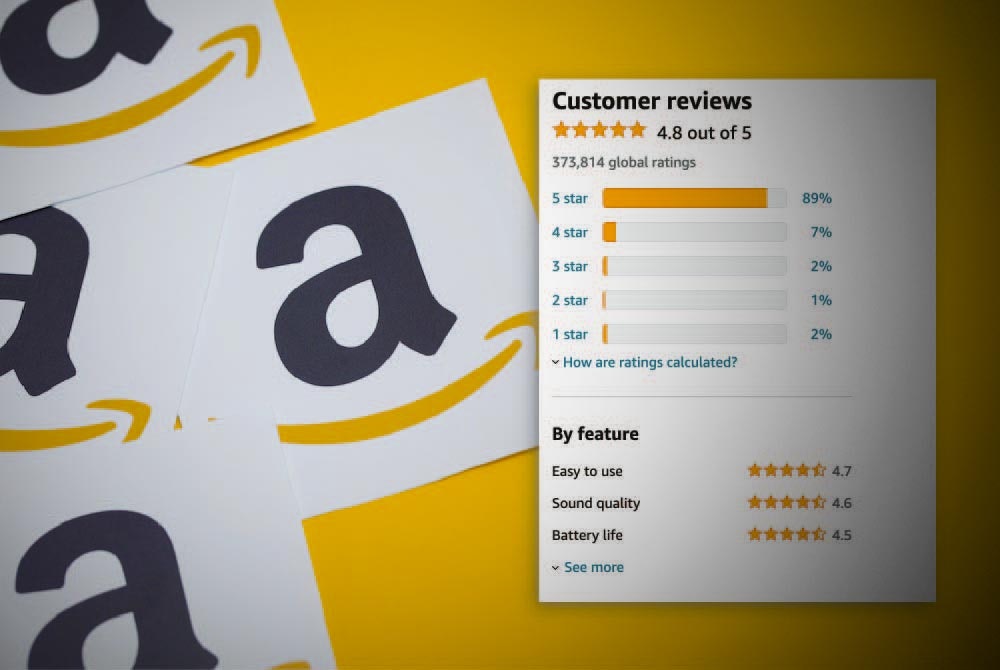

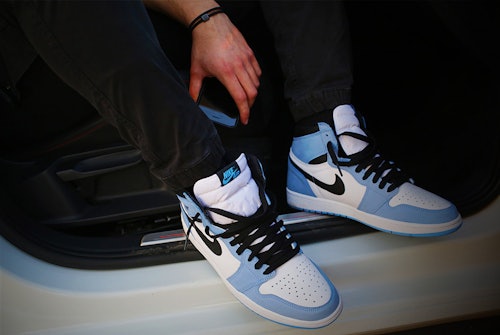

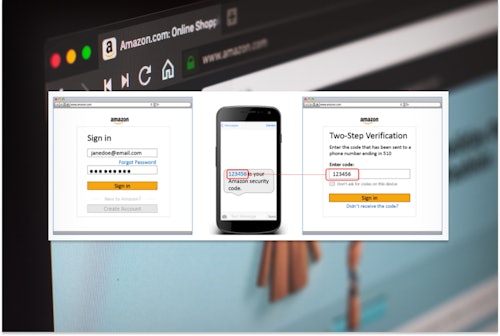

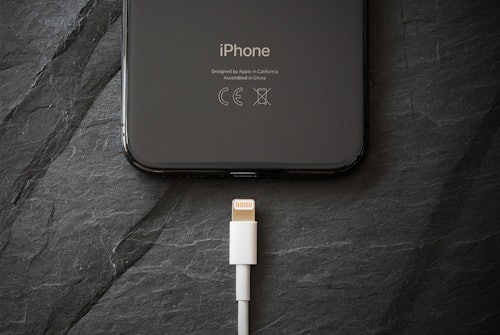
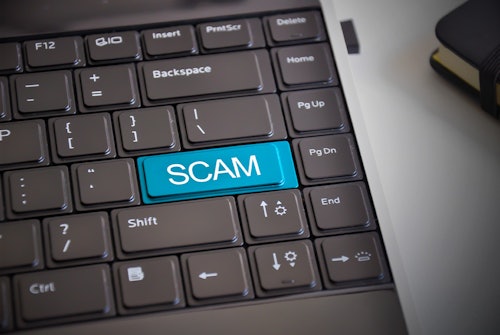
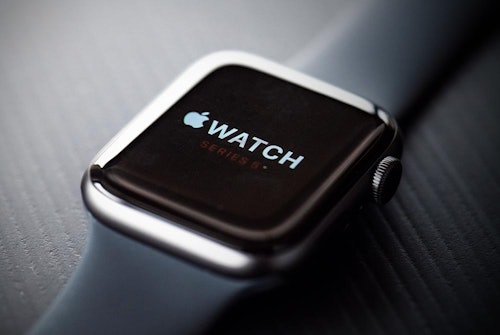
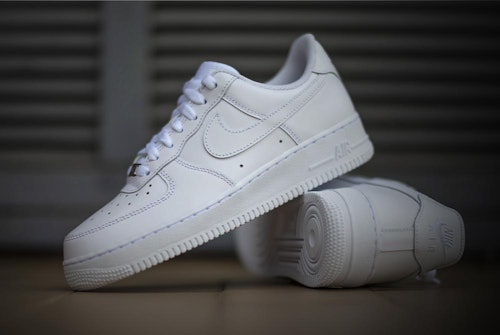
Comments